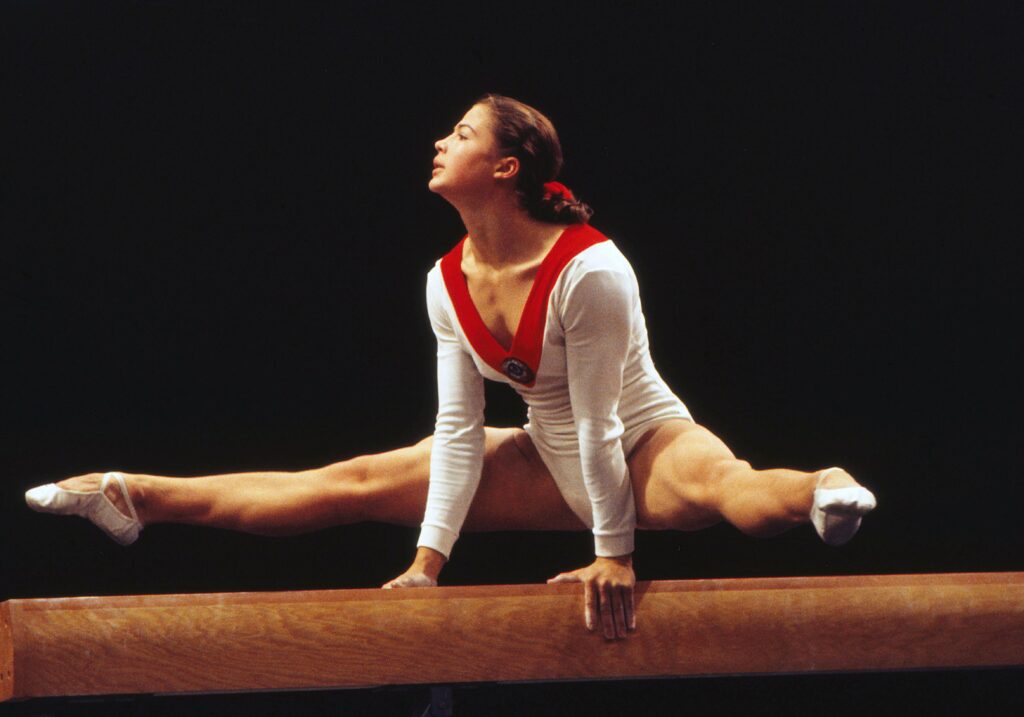What did the Soviet press think about the Soviet men’s team winning silver for the fourth-straight Olympics?
Here’s what Sovetsky Sport, the primary sports newspaper of the Soviet Union, wrote.
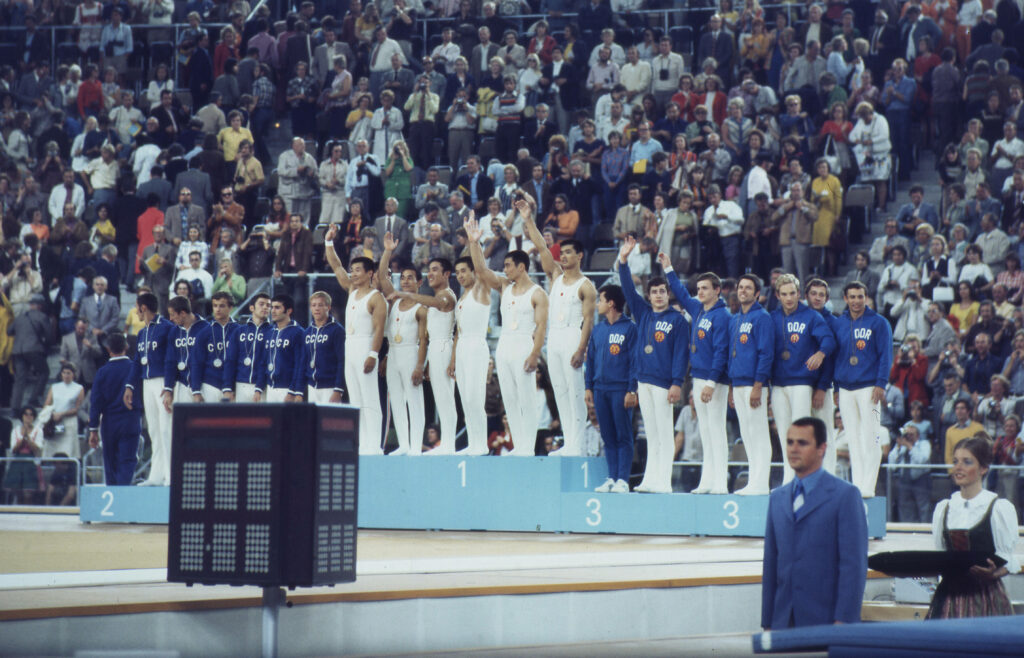
What did the Soviet press think about the Soviet men’s team winning silver for the fourth-straight Olympics?
Here’s what Sovetsky Sport, the primary sports newspaper of the Soviet Union, wrote.

On Tuesday, August 29, the men’s artistic gymnasts competed in the optionals portion of the competition. (You can read about the compulsories here.) Coming into the finals, Japan had a 2.85 lead over the Soviet Union, and reigning Olympic all-around champion Sawao Kato had a 0.05 lead over Nikolai Andrianov.
Tsukahara once again thrilled the audience with his originality. At the 1970 World Championships, it was his vault that captivated the audience. At the 1972 Olympics, it was his “moon salto” off high bar — an element for the Space Age.
Let’s take a look at what happened during the final day of the team competition.
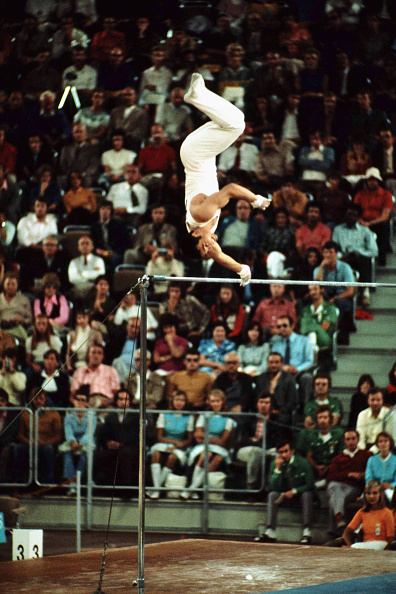
In 1972, the Soviet Union won its sixth-straight team title, and Sovetsky Sport, the main sports newspaper of the Soviet Union, printed over 1,000 words about the competition. The article highlighted the star power of Korbut and Tourischeva, the gentle guidance of coach (and former Soviet star) Polina Grigoryevna Astakhova, and the team’s ability to rally after Antonina Koshel’s mistakes on floor and bars.
Here’s how the 1972 women’s optional competition was covered in the Soviet press.
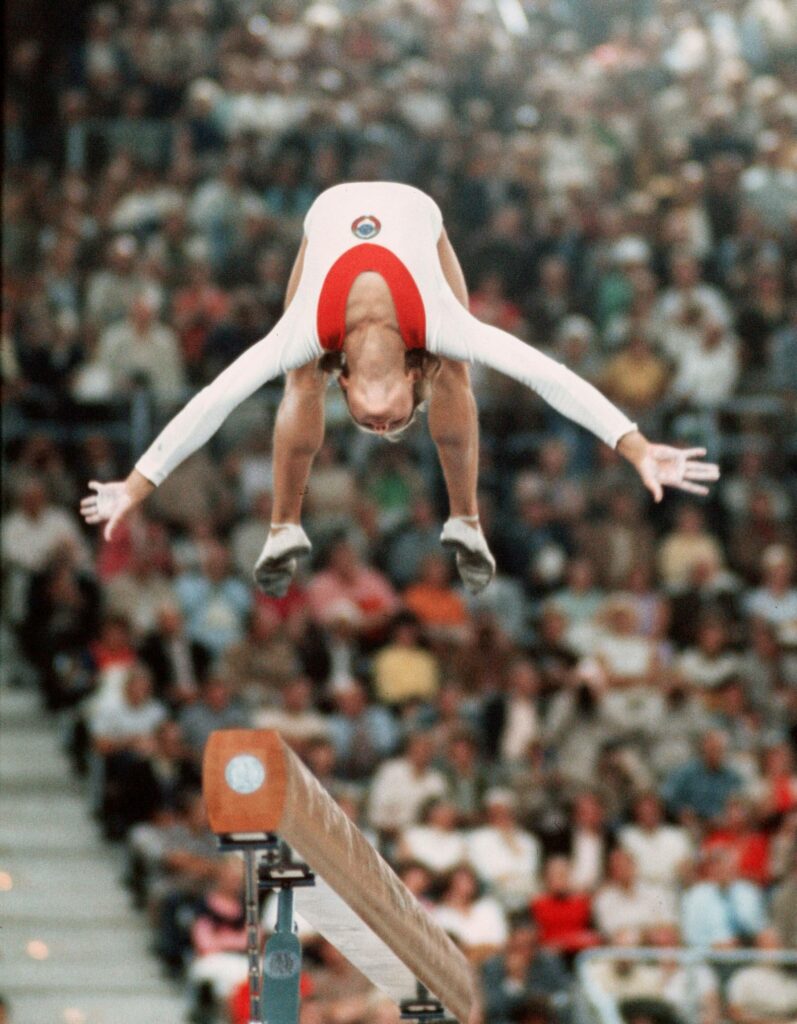
At the 1948 Olympic Games, the U.S. women took home the bronze medal. 24 years later, the U.S. women almost found themselves on the podium again. They took fourth place — 2.35 points behind the Hungarian team. Yet, many U.S. members of the gymnastics community felt that they should have been third.
Here are a few of the reactions.
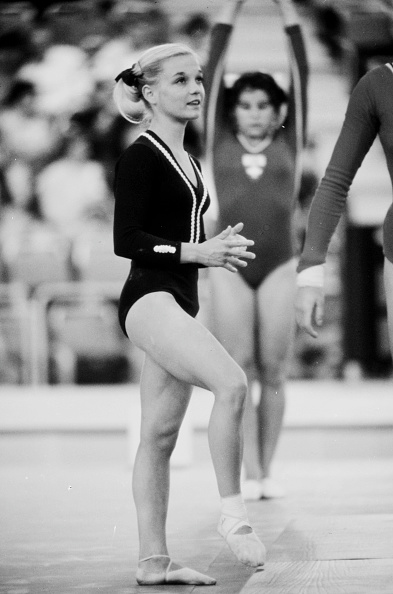
From 1936 until 1968, Czechoslovak women’s artistic gymnasts always won at least one medal at the Olympics. In 1972, that streak ended. It led to Czechoslovakia reorganizing its training, creating a more centralized training system with Vít Matlocha at the helm. The coaches’ goal: find a way to recreate Korbut’s magic in Czechoslovakia.
Reminder: Jaroslava Matlochová, who was Čáslavská’s coach at the end of her career, had left to coach in Italy. After Munich, she returned to Czechoslovakia to lead the women’s program with her husband.
On Monday, August 28, the women’s artistic gymnasts competed in the optionals portion of the competition. (You can read about the compulsories here.) Coming into the finals, the Soviet Union had a 1.85 lead over East Germany, and reigning co-European champion Tamara Lazakovich had a 0.10 lead over Karin Janz of East Germany.
Let’s take a look at what happened during the final day of the team competition — the day that Olga Korbut enchanted the world.
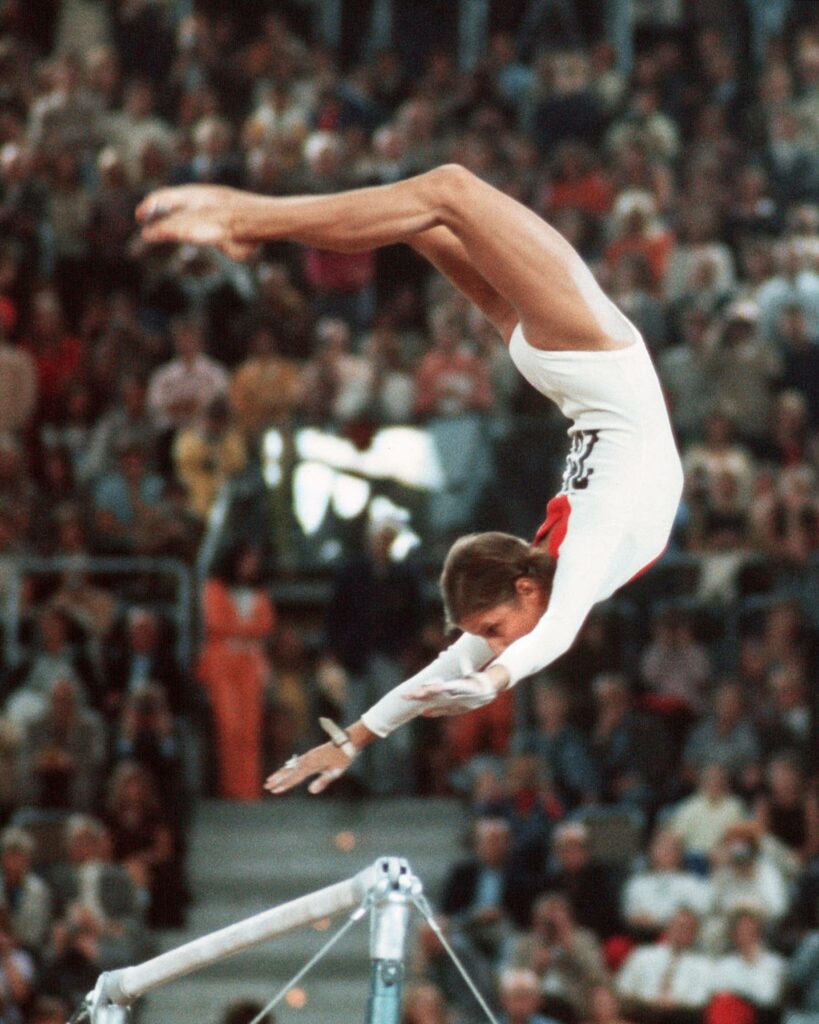
After the compulsory program, Sovetsky Sport, the main sports newspaper of the USSR, printed its recap of the competition. Not surprisingly, the writer was complimentary toward the entire Soviet women’s artistic gymnastics team, adding delightful lines like, “For O. Korbut, with her unique tricks on uneven bars, performing the compulsories is as easy as shelling peas.” Of course, there were some rough spots on beam, but as the writer points out, all the teams struggled with beam.
As for the Soviet men, that was a different story. The newspaper only had good things to say about Andrianov and pointed out that Alexander Maleeev and Vladimir Shchukin did not have enough experience to be strong contributors to the team score.
Below, you can find a translation of Sovetsky Sport’s coverage.
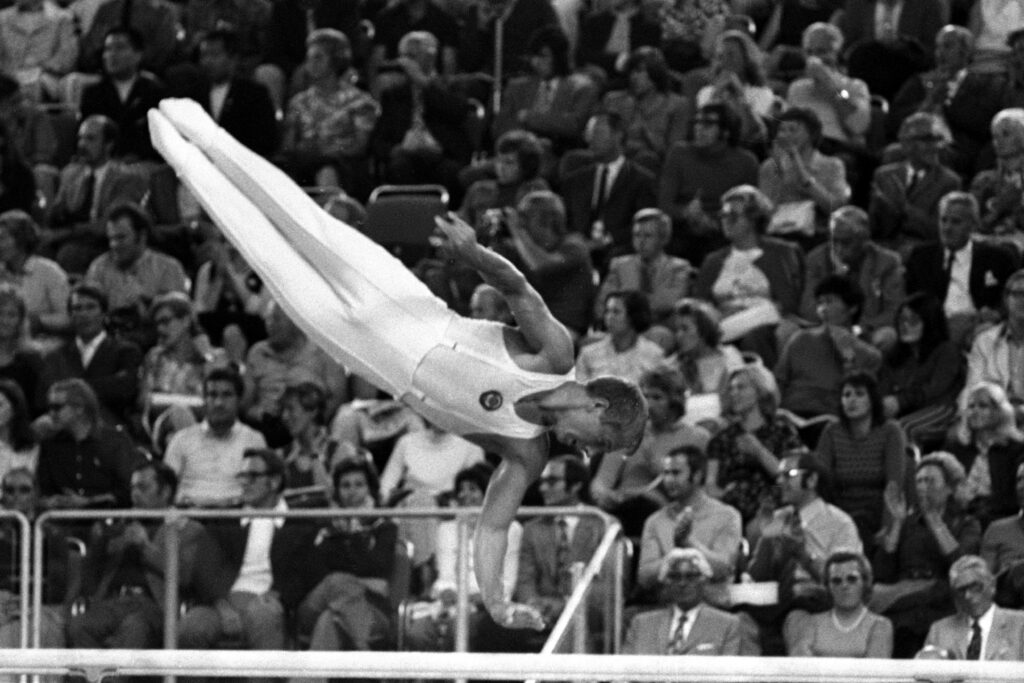
On Sunday, August 27, the men’s artistic gymnasts gathered in the Olympic Sports Hall for what could be a long haul.
This was the first Olympic Games with a separate all-around final. As a result, the top gymnasts faced four days of competition (compulsories, optionals, all-around finals, and event finals). Previously, they had had only three days of competition (compulsories, optionals, and event finals).
From the start, it looked like the status quo would be upheld: Japan with team gold, the Soviet Union with team silver, and East Germany with team bronze. (Meanwhile, the U.S. gymnasts had a disastrous compulsory round.)
Let’s take a look at what happened…
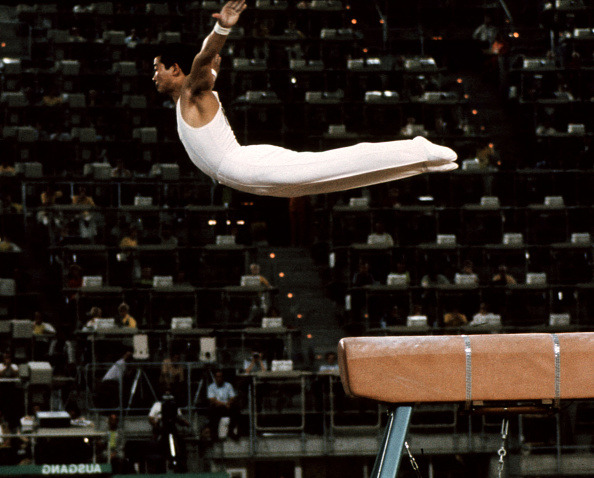
On Sunday, August 27, 1972, the women’s artistic gymnasts started the long slog of the Olympics. This was the first Olympic Games with a separate all-around final. As a result, the top gymnasts faced four days of competition (compulsories, optionals, all-around finals, and event finals). Previously, they had had only three days of competition (compulsories, optionals, and event finals).
From the start, it looked as if the Soviet Union and East Germany had gold and silver locked. But bronze was still up for grabs, and it would cause a lot of heartache in the U.S. gymnastics community.
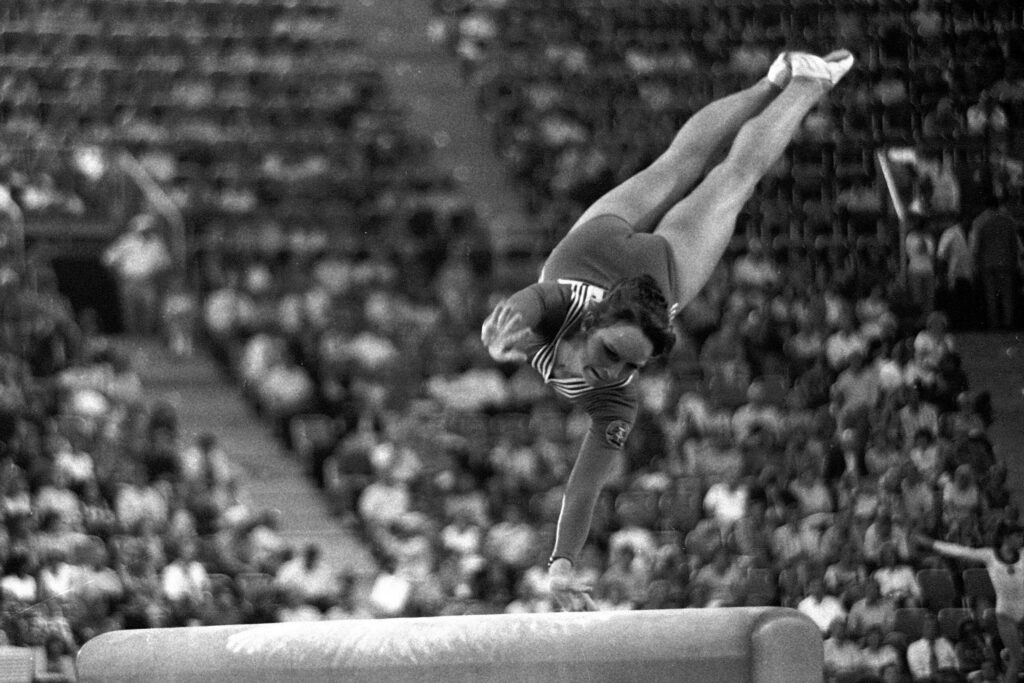
Heading into the gymnastics competition at the 1972 Olympics, which teams were the favorites? Which individuals were expected to win the all-around?
Here’s what was written in newspapers across the globe.
